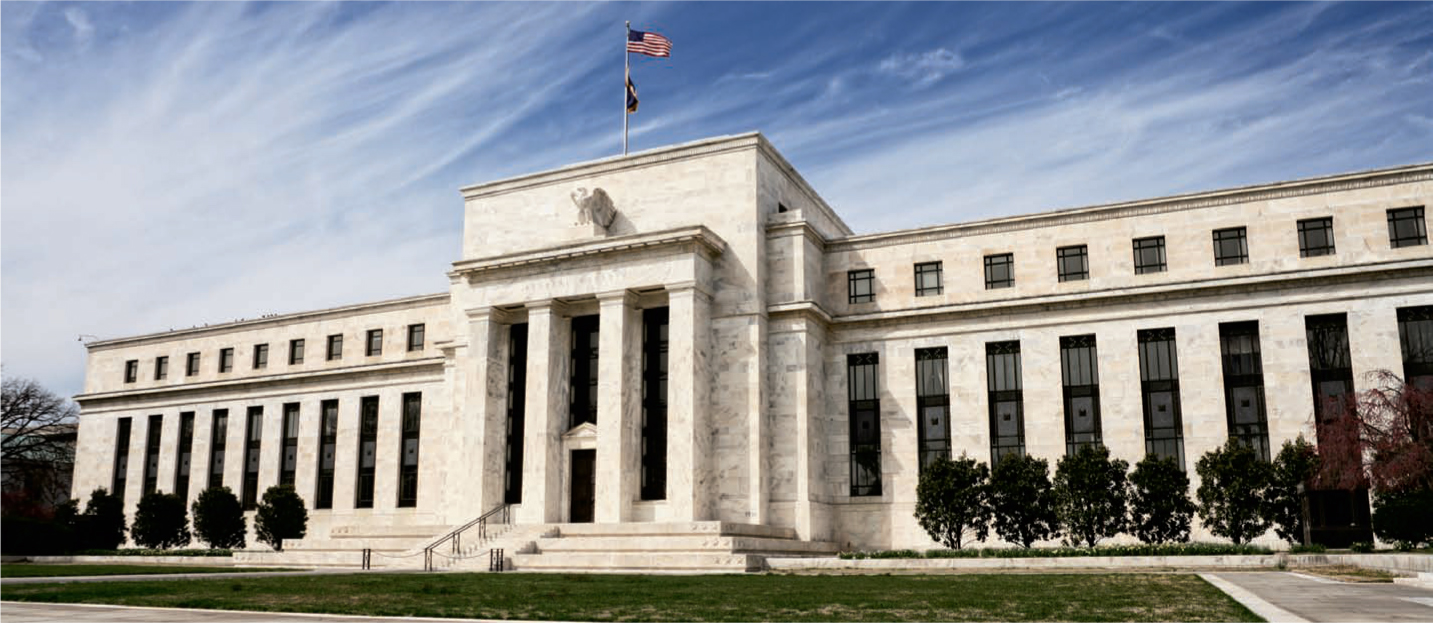The Federal Reserve announced another rate hike Wednesday and that means higher borrowing costs for Americans. But the move should also continue to push up savings rates for bank customers who are finally starting to see some decent returns.

The Fed bumped up its benchmark short-term rate by a quarter percentage point to a range of 2 percent to 2.25 percent. It also kept its forecast for another hike this year, and three more in 2019.
Rates on credit cards, adjustable-rate mortgages and home equity lines of credit will rise, experts say, increasing Americans’ monthly payments. All are revolving loans with variable rates that are directly affected by the Fed’s move.
Monthly payments on a new auto loan also could edge up, though some car buyers might not feel it because of auto dealer incentives. And the effect on 30-year mortgages and other long-term loans would likely be subdued.
The anticipated rate hike on Wednesday will be the third this year and eighth since the Fed began increasing short-term rates in late 2015. A fourth hike is expected in December.
Credit cards, HELOCS and adjustable-rate mortgage loans will become more expensive within weeks since their rates are generally tied to the prime rate, which in turn is affected by the Fed's benchmark rate.
Average credit-card rates are 17.31 percent. For a $10,000 credit-card balance, a quarter-point hike is likely to add $2 a month to the minimum monthly payment. But the cumulative effect of eight hikes since late 2015 is an extra $16 a month.
Rates for home equity lines of credit are much lower at 6.07 percent. A quarter-point increase on a $30,000 credit line raises the minimum monthly payment by $6.25 a month.
By contrast, rates on adjustable-rate mortgages are modified annually so the impact may hit at once. Rate hikes this year have pushed up average rates by about half a percentage point to 3.92 percent. That has increased the monthly payment on a new $200,000 mortgage by about $50.
On a Fixed-rate mortgage the Fed’s key short-term rate affects 30-year mortgages and other long-term rates only indirectly. Those rates more closely track inflation expectations and the long-term economic outlook.
The average 30-year fixed mortgage rate has already climbed from about 4 percent in early January to 4.65 percent, largely because investors expect federal tax cuts and spending increases -- along with a healthy economy -- to push inflation higher. The rate hike on Wednesday is already baked into mortgage rates.
For home buyers, any impact on the monthly bill would probably be relatively small. By year’s end, a quarter-point rate increase on a $200,000 mortgage would boost the monthly payment by about $30.Existing fixed-rate mortgages are not affected.
Other Fed moves could also play a role. A year ago, the Fed announced that it’s gradually shrinking the bond portfolio it amassed during and after the financial crisis in a bid to lower long-term rates. That likely has a greater effect on fixed mortgage rates.
On auto loans a quarter-point rate hike theoretically would get passed on to new auto loans, increasing the monthly payment for a new $25,000 car by $3. Existing loans would be unchanged. But auto manufacturers frequently offer discounted financing to encourage car sales, and banks and other lenders compete with those rates. Five-year auto loan rates currently average 4.8 percent.
Bank savings rateswill be able to charge a bit more for loans, they’ll have a little more leeway to pay higher interest rates on the deposits customers make. Don’t expect a fast or equivalent rise in typical savings accounts or CD rates, many of which pay interest of 1 percent or less. Those rates have barely budged the past year despite the Fed’s hikes.
Low rates on loans have meant narrow profit margins for banks for years. They can now benefit from a bigger margin between what they pay customers in interest and what they earn from loans. And since they’re still flush with deposits, they don’t need to attract more to make loans.
Yet a handful of online and community banks, credit unions and money market mutual funds that are hungrier for deposits are paying as much as 2.5 percent on a one-year CD, up from 2.15 percent in March. Fed rate hikes this year should help boost the top rate close to 3 percent by December. Top savings and money-market rates should reach 2.5 percent by year-end, up from 1.5 percent at the start of 2018.




